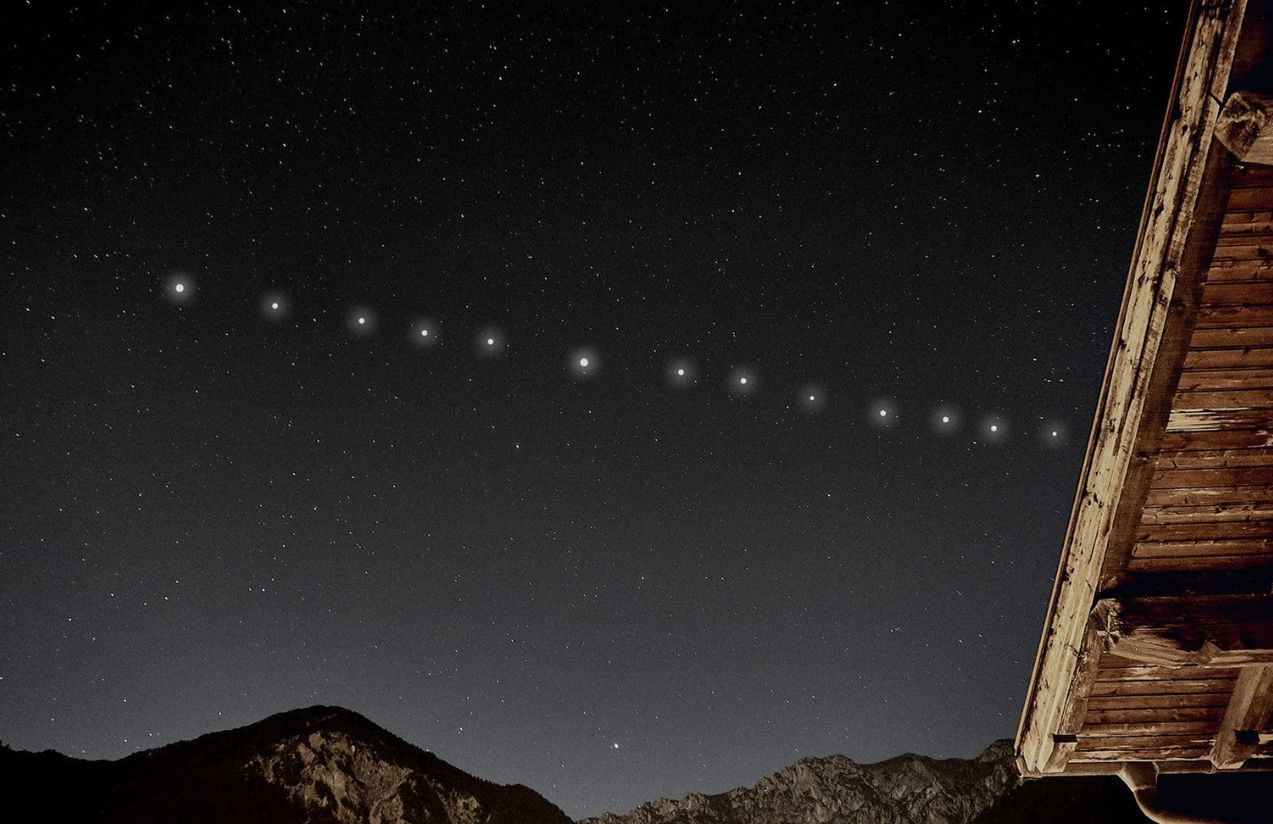A video captured by an astronaut aboard the International Space Station (ISS) has gone viral after showing a stunning view of Elon Musk’s Starlink satellites crossing the sky with a brightness so intense they were compared to the planet Jupiter. The footage quickly spread across social media, sparking both fascination and concern among the scientific community.
The phenomenon highlights one of the major challenges of technological expansion in space: light pollution and its impact on astronomical observation. Currently, Starlink has deployed more than 6,000 satellites, and the number is expected to keep growing, a trend that could affect the visibility of the night sky and the accuracy of space research from Earth.
Could this proliferation of satellites affect the future of astronomy?
Yes. Experts warn that although Starlink’s global connectivity promise is groundbreaking, the increasing number of bright objects in orbit threatens the precision of telescopes and the study of the universe. The solution, they say, lies in finding a balance between technological progress and scientific preservation.

